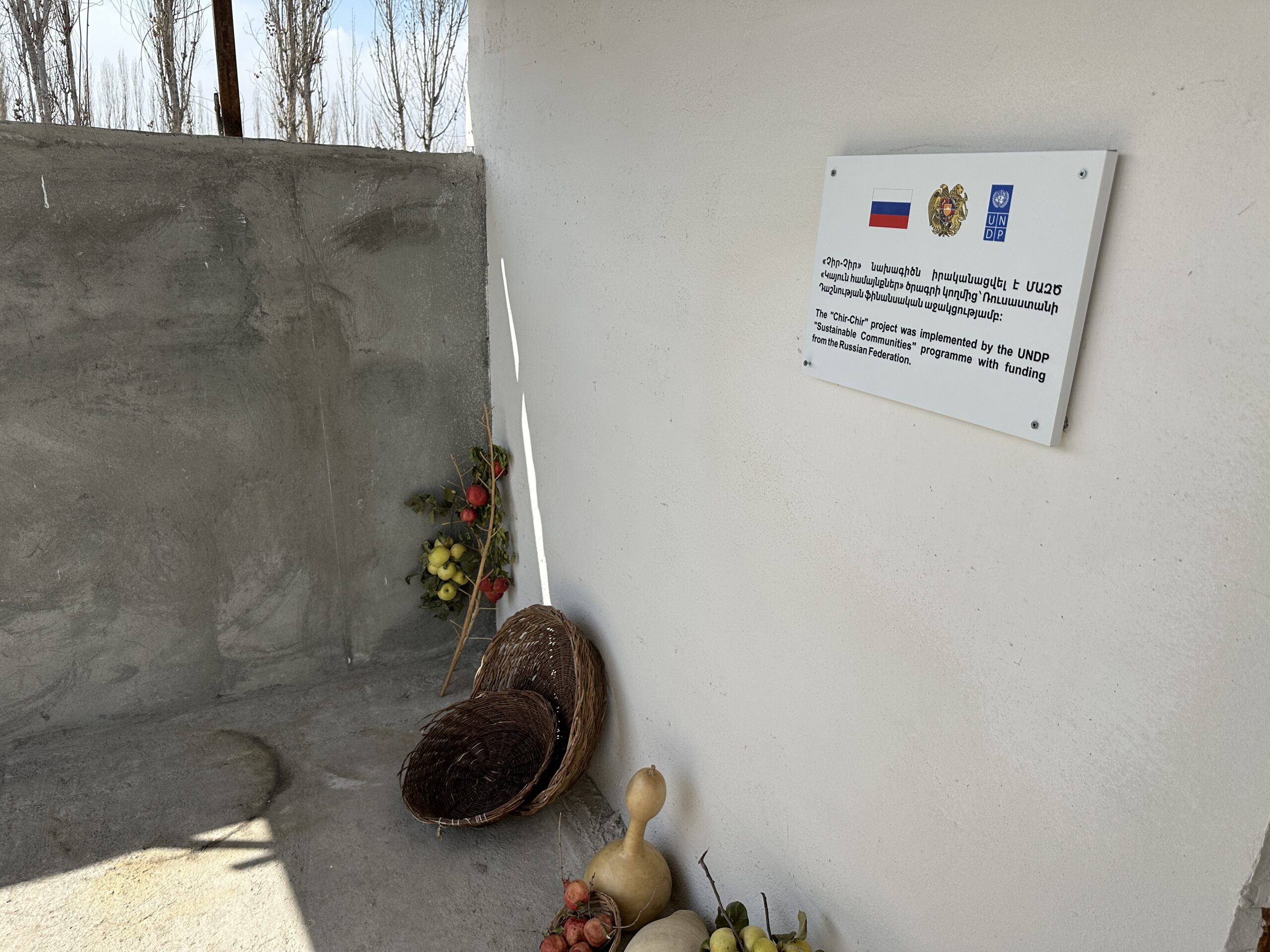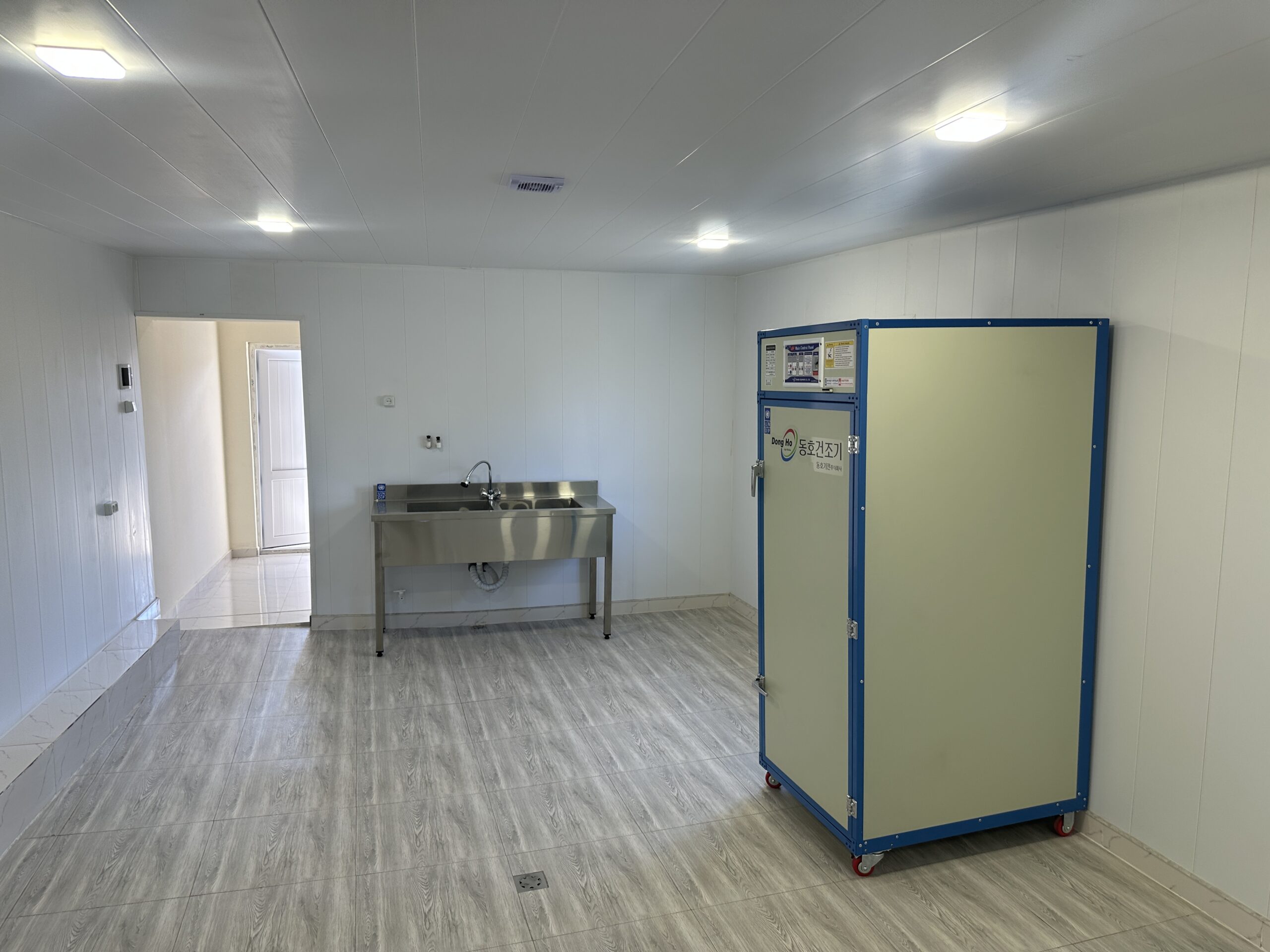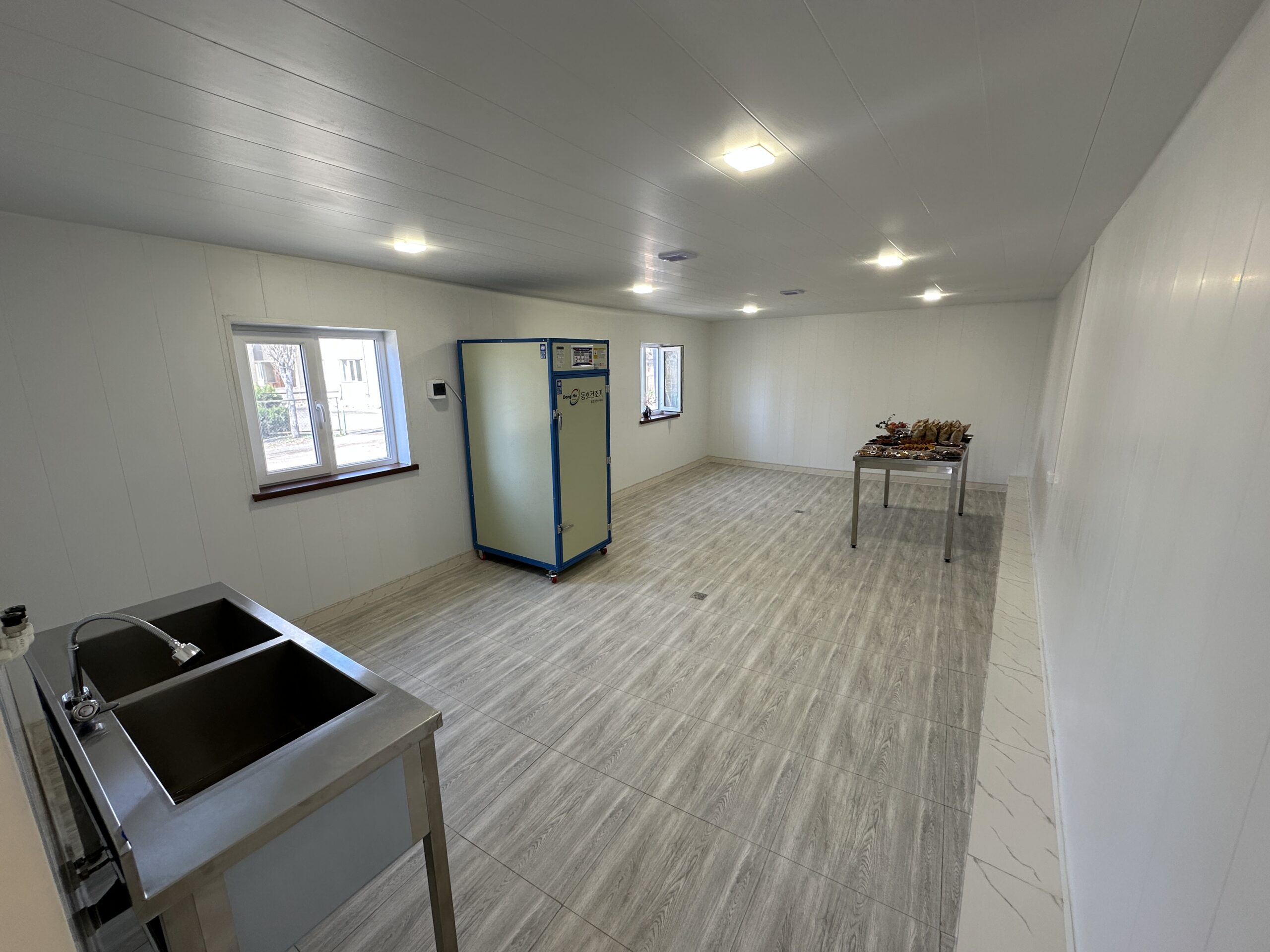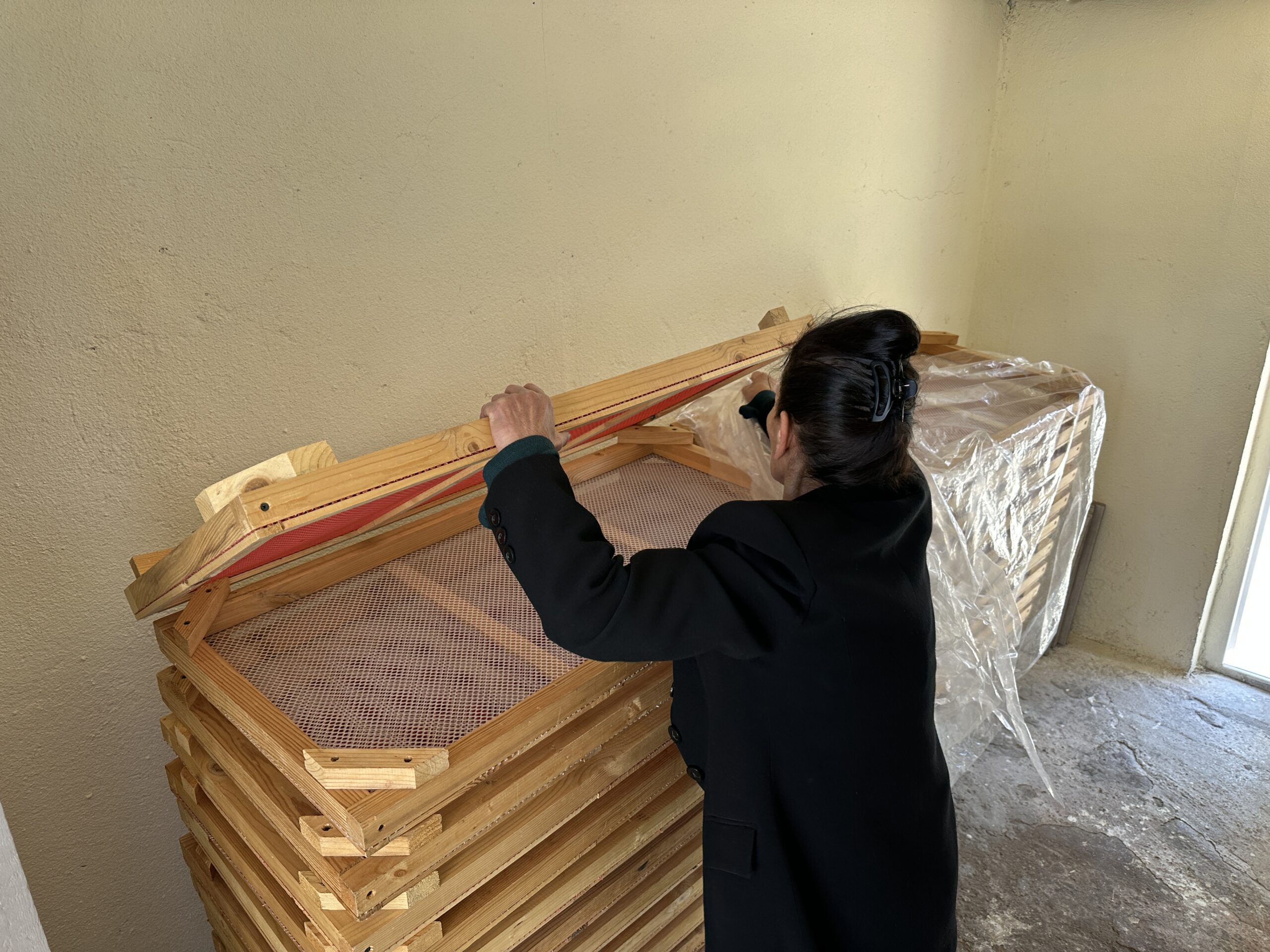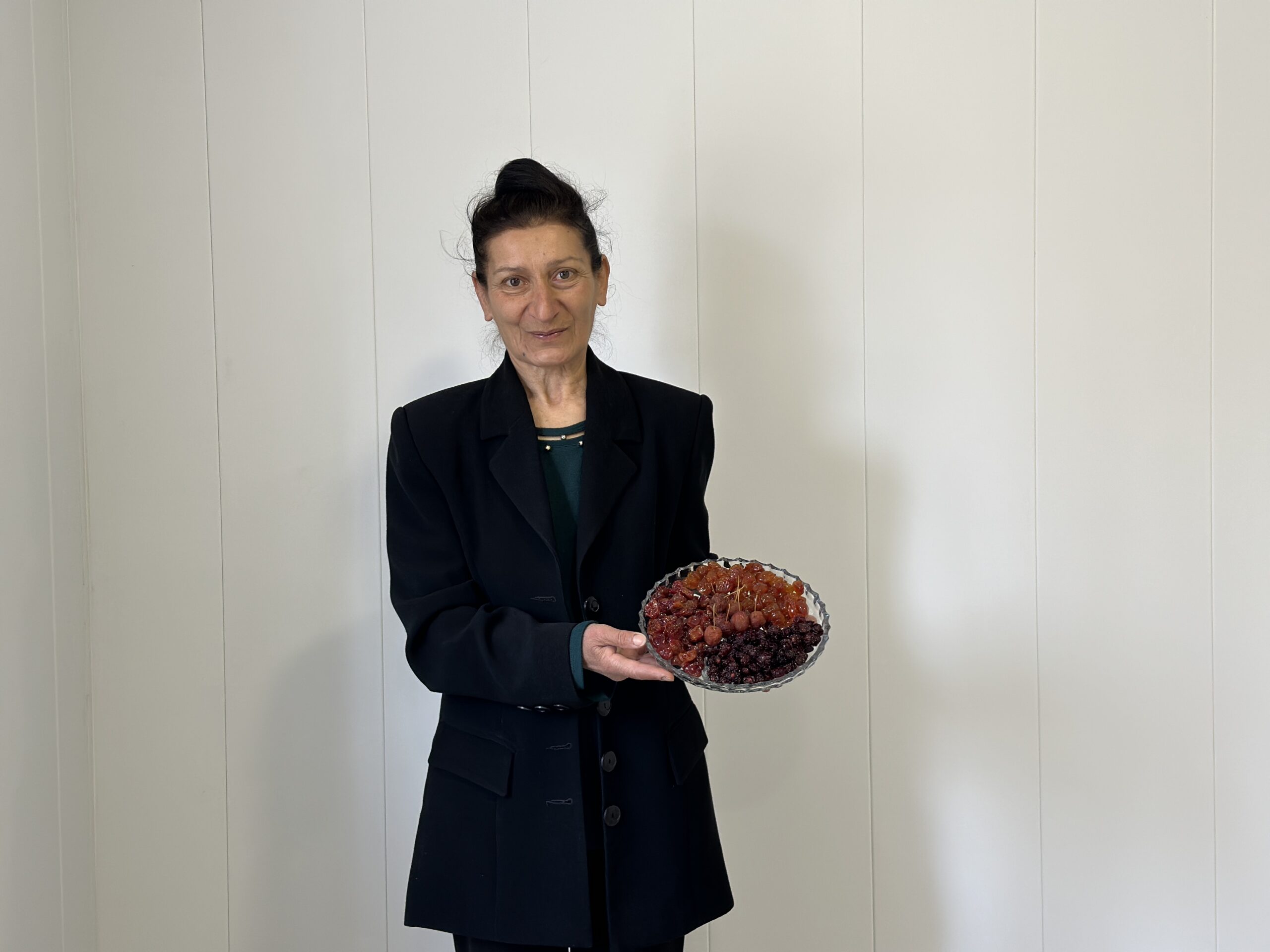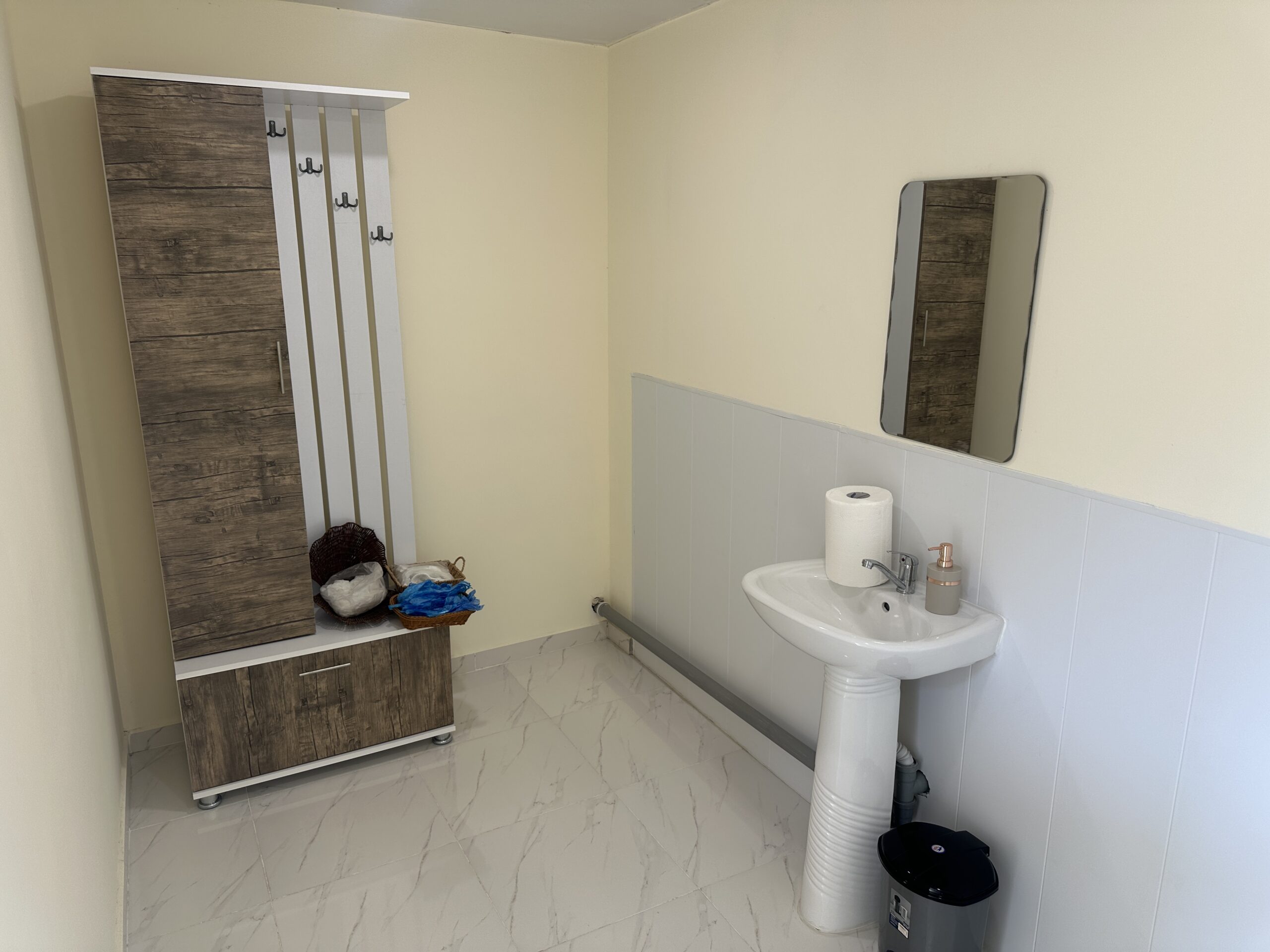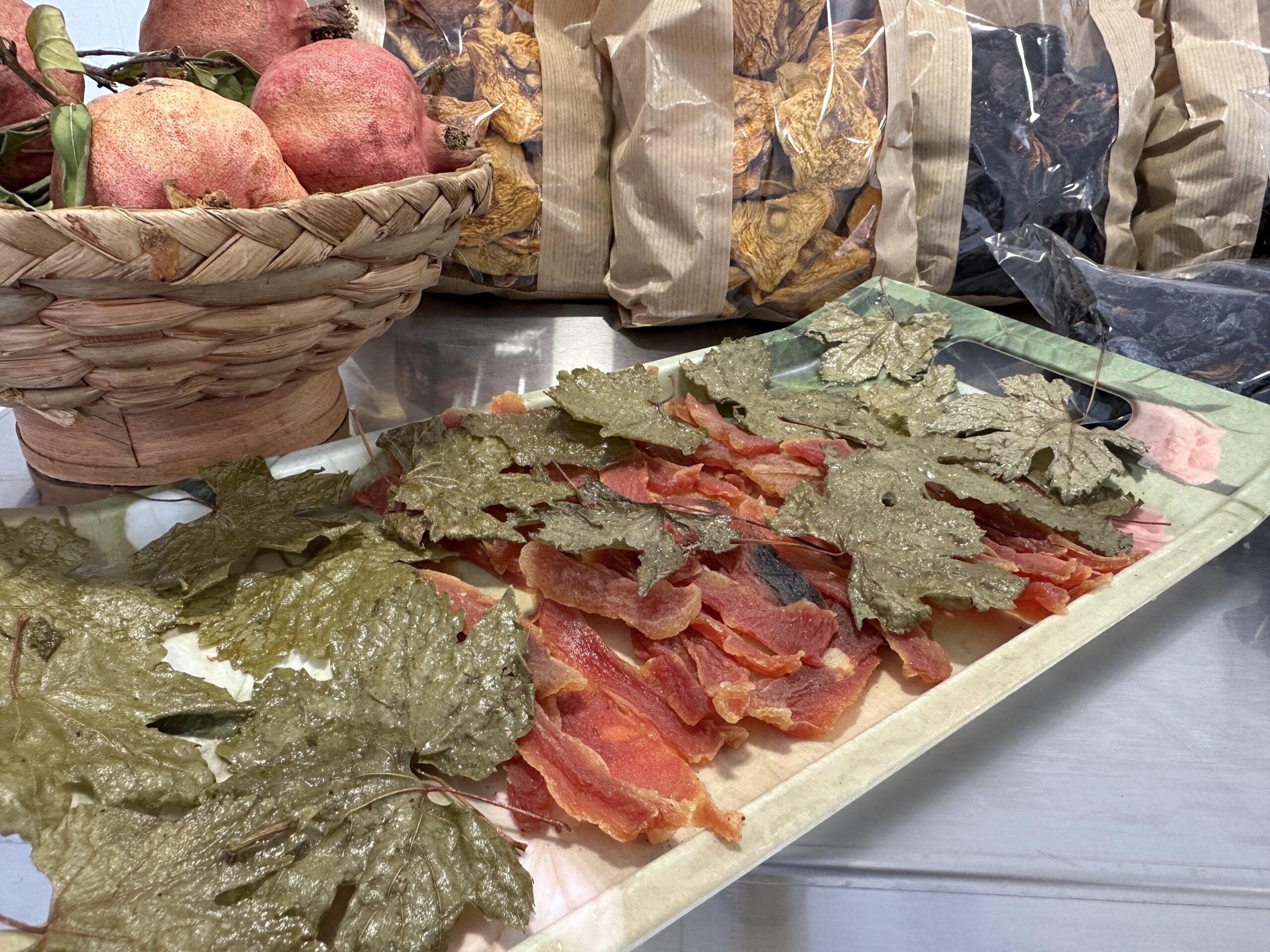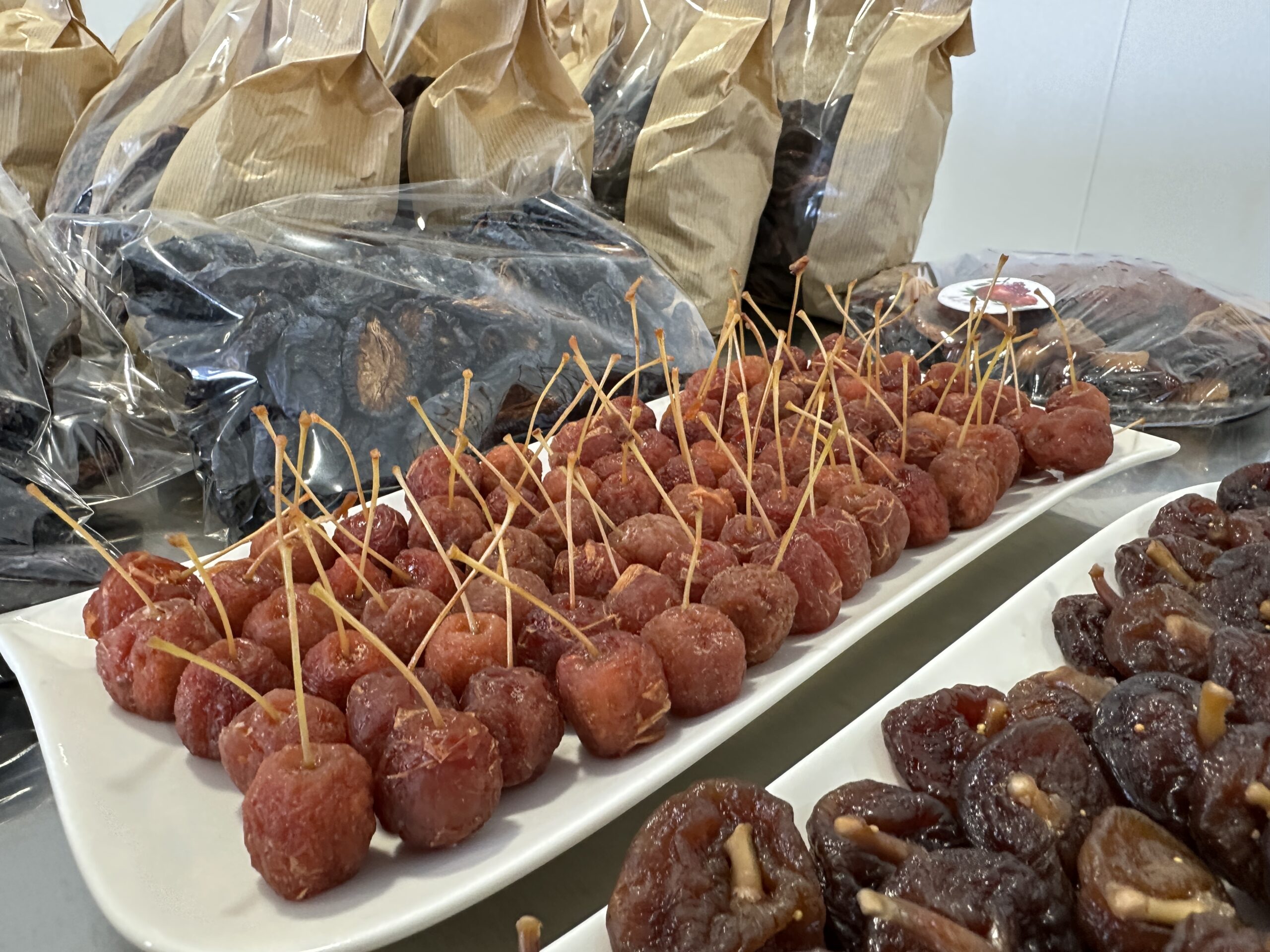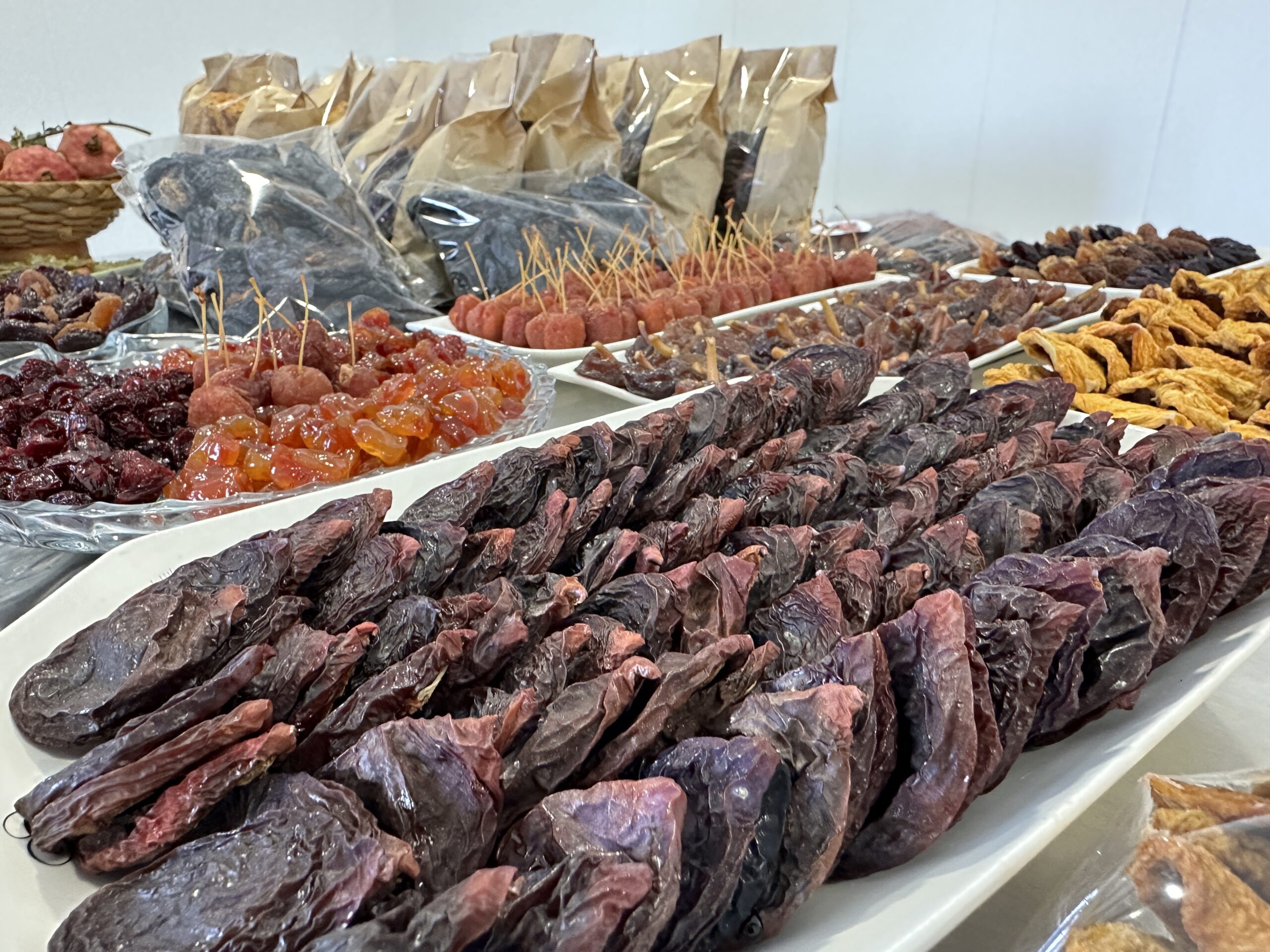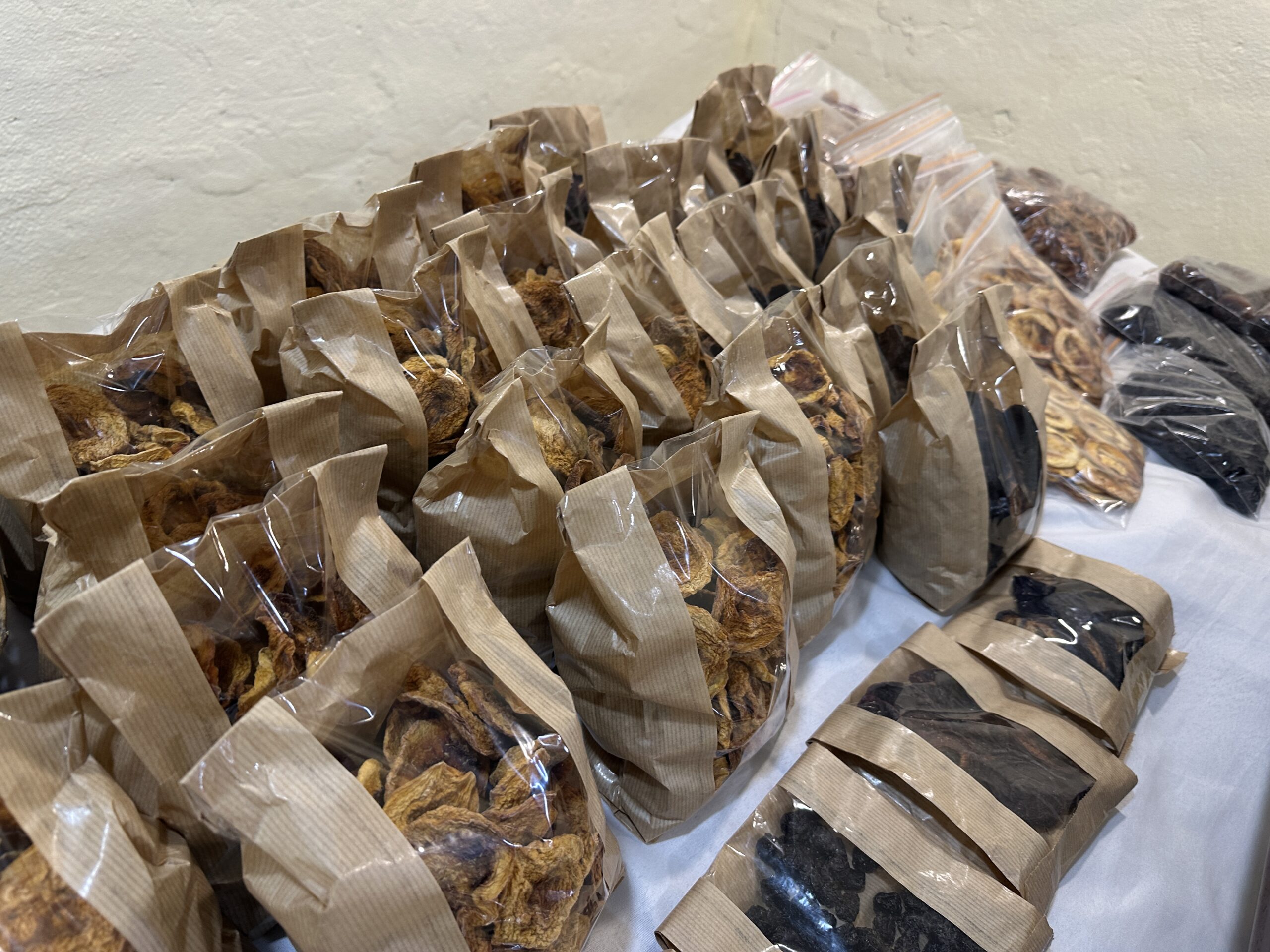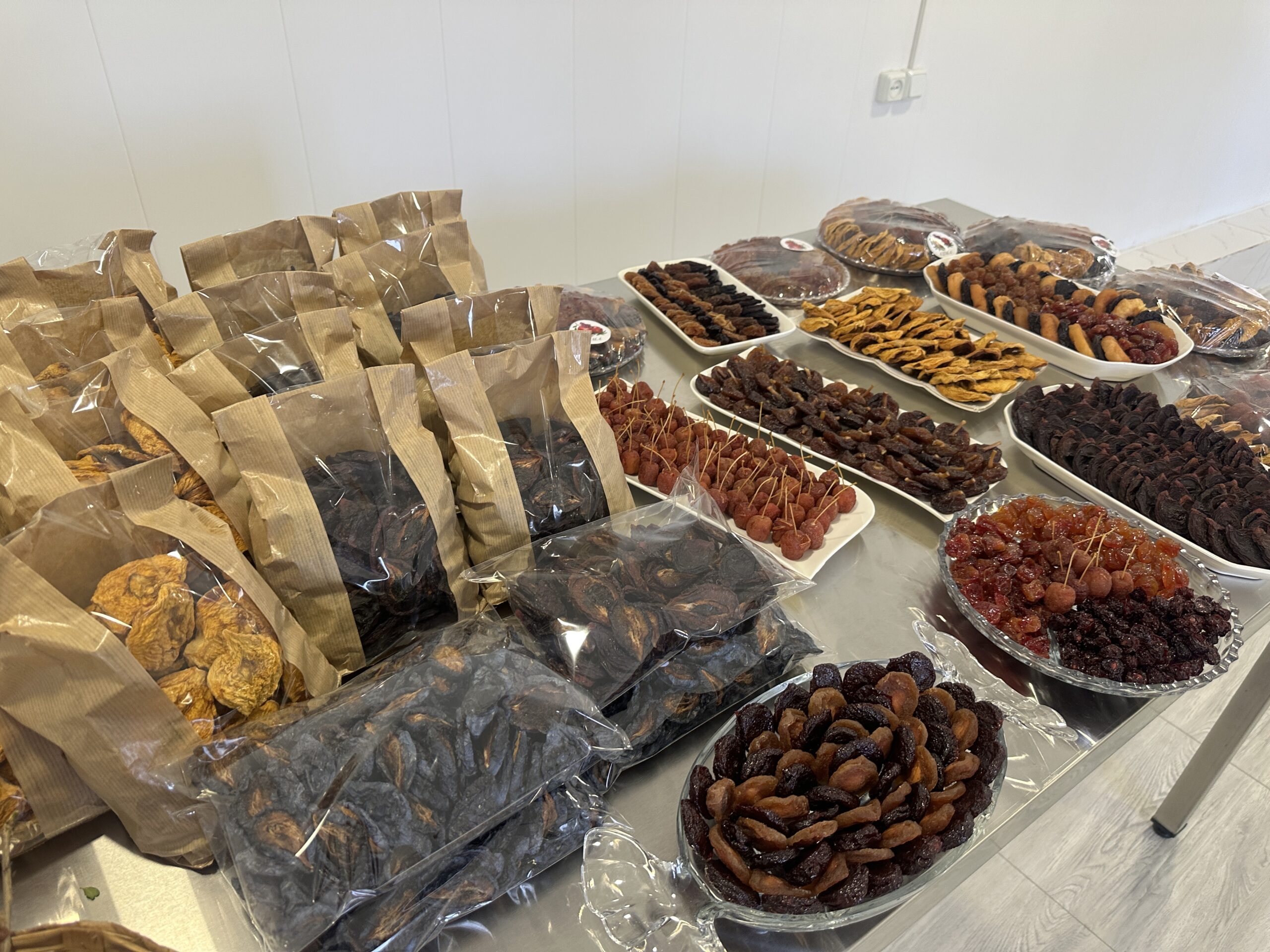Almara, who compares dried fruit production to a symphony, is a teacher by profession. But sometimes the roles of teacher and dried fruit producer switch—especially when there’s a new production facility or when it comes to Almara’s “Sweet House.”
“Having my own production facility used to feel like an unattainable dream. I never imagined that a hobby could one day become a profession and later a source of income,” says Almara Harutyunyan.
She came across the UNDP “Chir-Chir” project announcement online but assumed it was only for seasoned professionals in the field. It was actually her daughters-in-law who submitted the application on her behalf, and one day she received a phone call inviting her to join the training.
“I was surprised when they called to say my application was accepted and that I could participate. I’ve always loved learning and acquiring new knowledge. I eagerly attended all the training sessions because I truly love working with dried fruits. At the end, we had to take an exam, and I honestly didn’t think I’d score well—but it turned out I got the highest score!” Almara shares with joy.
Almara Harutyunyan is one of the successful beneficiaries of the UNDP “Sweet House” project. The initiative was implemented on a co-financing basis with the goal of supporting small businesses engaged in fruit and vegetable processing in rural areas—especially those producing sweets, dried fruits, jams, and honey products. Under the project, participants received food processing equipment and stainless-steel tools needed for organizing production, including drying racks, electric dryers, pots, and autoclaves. The project also included training and consulting sessions.
“The ‘Sweet House’ project opened up new horizons for me. After being displaced in 2020, my family and I settled in Hnaberd. At first, I was very uncertain—I didn’t know what to do or where to start. I felt very discouraged. But then the ‘Sweet House’ program came into my life and inspired me to launch a business with renewed energy. Honestly, this work has given my life new meaning. Now, every day, I strive to improve and grow my skills. This job gives me strength and motivation,” Almara says.
The space where her production facility now stands used to be a rundown animal barn. It was hard for Almara and her family to believe it could be transformed into a modern facility. She often jokes, “I don’t even let my daughters-in-law enter the production area without shoe covers!” Almara personally oversees the entire dried fruit preparation process.
“I’ve been working with dried fruits for about 10 years. My grandmother and mother used to make them, and I would always watch and learn. Eventually, I started making them myself and enjoyed experimenting—for instance, using peach syrup to make apple dried fruit. Through the training, I gained a lot of professional knowledge. Before, I used to eyeball measurements or go by taste, but now I follow exact proportions, proper procedures, and of course, use modern equipment,” she emphasizes.

